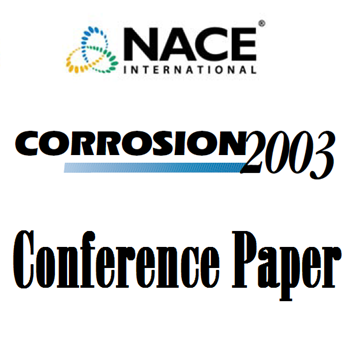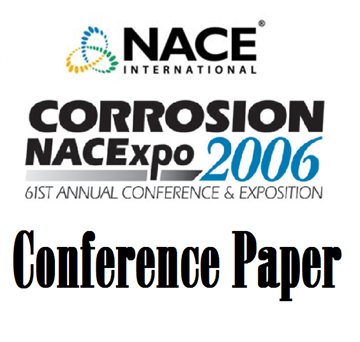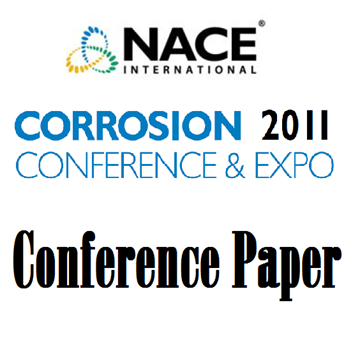Search
Products tagged with 'dehumidification'
View as
Sort by
Display
per page
“This Ain’t Your Mothers Dehumidifier Anymore! New Advancements in Temporary Dehumidification Equipment Meets “Green” Objectives While Reducing Operating Costs
Product Number:
41211-589-SG
Publication Date:
2011
$20.00
03235 ATMOSPHERIC CORROSION SUPPRESSION THROUGH CONTROLLED HUMIDITY PROTECTION (CHP), AN OPERATIONAL READINESS AND FORCE MULTIPLIER
Product Number:
51300-03235-SG
ISBN:
03235 2003 CP
Publication Date:
2003
$20.00
06207 A PRACTICAL APPROACH FOR DEHUMIDIFICATION OF HUGE STORAGE TANKS DURING INTERNAL COATING APPLICATION
Product Number:
51300-06207-SG
ISBN:
06207 2006 CP
Publication Date:
2006
$20.00
11334 Green Shelters Dehumidification for Corrosion Attenuation & Improved Maintenance Flexibility
Product Number:
51300-11334-SG
ISBN:
11334 2011 CP
Publication Date:
2011
$20.00
Air Balancing is More Than a Building Science
Product Number:
41214-858-SG
Publication Date:
2014
$20.00
Cool, Dry Or Both When Is Cooling Equipment Appropriate As A Dehumidifier?
Product Number:
41213-784-SG
Publication Date:
2013
$20.00
Dehumidification in Shipyard Abrasive Blasting – Techniques – Do’s – and a Few Don’t’s
Product Number:
51219-200-SG
Publication Date:
2019
$20.00
Drying a Ultra High Pressure Water Jet Project at Netune Terminals Vancouver Harbour
Product Number:
41209-494-SG
Publication Date:
2009
$20.00
How Blast and Coat Climate Control Equipment Restored Prominent Facilities in New Orleans Post-Katrina
Product Number:
41209-507-SG
Publication Date:
2009
$20.00
Innovations in Dehumidification and Climate Control For Tank Coating Projects
Product Number:
41208-417-SG
Publication Date:
2008
$20.00
Lessons Learned from Dehumidification Specifications, Good and Bad
Product Number:
51219-215-SG
Publication Date:
2019
$20.00
- 1
- 2












